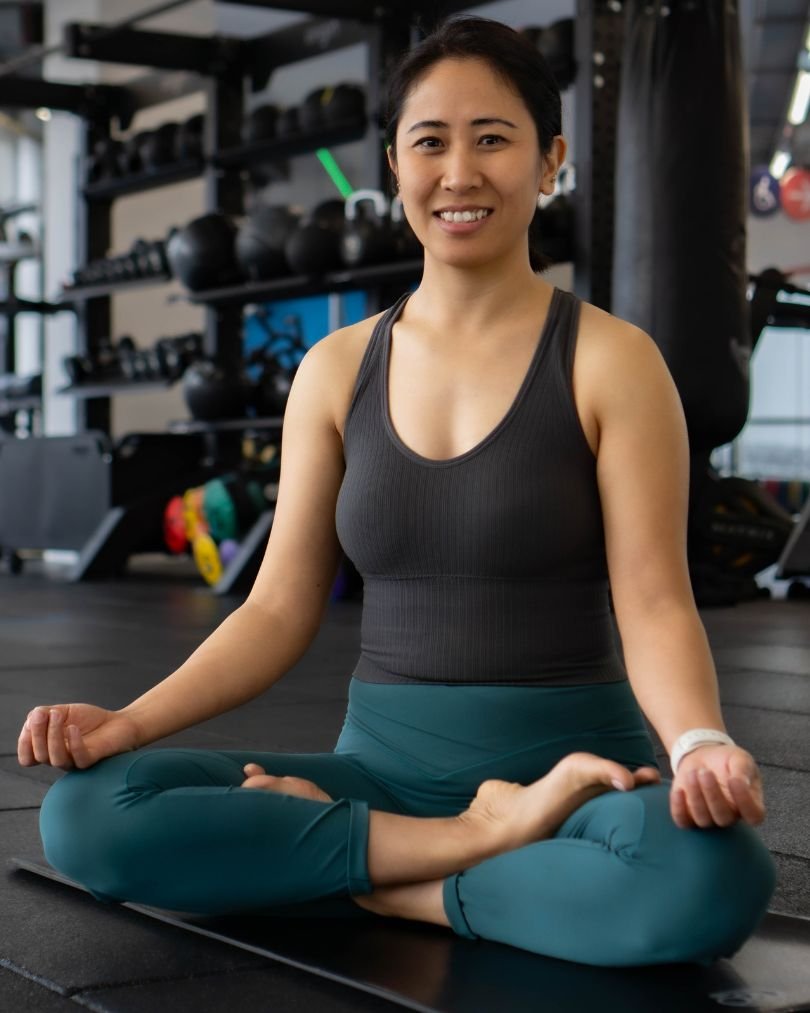Polycystic Ovary Syndrome (PCOS) isn’t just about hormones, it’s deeply connected to how we live, move, and spend our time.
And one major lifestyle habit that might be silently making your symptoms worse? Sitting too much.
What Is a Sedentary Lifestyle?
A sedentary lifestyle refers to a way of living that involves prolonged periods of physical inactivity especially sitting or lying down while awake. This includes activities like:
- Working long hours at a desk
- Watching TV or scrolling on your phone for extended periods
- Commuting or driving with little movement throughout the day
Even if you hit the gym for an hour, you can still be considered sedentary if the rest of your day is mostly inactive.
For women with PCOS, this kind of routine can fuel insulin resistance, inflammation, and hormone imbalances making it harder to manage weight, energy, mood, and menstrual cycles.
Let’s dive into what the research says.
The Science: What Research Says About Sedentary Lifestyles and PCOS
Recent studies show that long hours of sitting like those common in desk jobs can negatively affect insulin sensitivity, mental well-being, and metabolic health in women with PCOS.
Key Research Findings:
- Sedentary Time Reduces Quality of Life
A 2023 study published in BMC Women’s Health found that infertile women with PCOS who sat for more than 7 hours a day had significantly reduced health-related quality of life. This association held true even after adjusting for exercise levels, anxiety, and depression.
📄 Read the study
- Sitting Raises Glucose Levels—Even if You Exercise Later
In a study from Fertility and Sterility, researchers found that women with PCOS who sat for over 6 hours a day had higher glucose levels during oral glucose tests, regardless of their physical activity routines. This means that sitting too much could independently worsen insulin resistance.
📄 Read the study
- Women with PCOS Move Less Overall
According to data from the Australian Longitudinal Study on Women’s Health, women with PCOS are more likely to report low physical activity and high screen time—both of which contribute to weight gain, insulin resistance, and mood fluctuations.
📄 Read the study
Why This Matters for PCOS
One of the biggest drivers of PCOS symptoms is insulin resistance. And guess what? Sitting too much makes it worse. It reduces your body’s ability to use insulin efficiently, leading to:
- Increased sugar cravings
- Weight gain (especially around the belly)
- Energy crashes
- Hormonal imbalances
The silver lining? Even small, consistent bouts of movement throughout your day can improve your body’s insulin response and overall well-being.
Desk Job? Here’s How to Protect Your Hormones
Here are some realistic, doable strategies to add more movement to your sedentary day:
1. Move Every 30–60 Minutes
- Set a timer or use a smartwatch to remind you.
- Try a quick walk, leg stretches, or a few squats by your chair.
2. Use a Standing Desk or DIY Setup
- Alternate between sitting and standing throughout the day.
- A laptop on a box works just fine if you’re on a budget!
3. Take Calls on the Move
- Walk while you talk whether it’s Zoom or phone.
- Even pacing around your home or office helps.
4. Add a 10-Minute Post-Meal Walk
- Especially after lunch or dinner, it helps regulate blood sugar and digestion.
5. Ditch the “All-or-Nothing” Mindset
- You don’t need hours at the gym.
- Short, consistent movement throughout the day is the real game changer.
Final Thoughts
If you’ve been feeling stuck with PCOS despite “doing everything right,” look at your daily movement patterns. Sometimes, it’s not about working out harder, but simply moving more often.
Your body and your hormones are designed to move.
Even 5-minute walks or stretch breaks can ripple into big wins over time.
PCOS management isn’t just about food or workouts, it’s about creating a movement-friendly lifestyle. Daily movement, not just structured exercise, plays a powerful role in managing symptoms. From improving insulin sensitivity to boosting your mood, even small actions add up. To learn more, read the blog: Move More, Feel Better: The Power of Daily Movement for PCOS.


